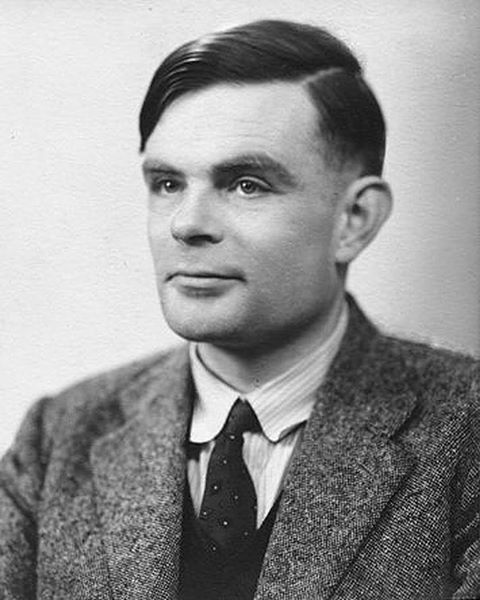Even if you know little of mathematics, you probably have some awareness of fractals. You’ve almost certainly heard them invoked, correctly or otherwise, to describe things that look or act the same at the large scale as they do at the small. You may even know the name Benoit Mandelbrot, the much-laureled Polish-French-American “father of fractal geometry.” Hard science-fiction titan Arthur C. Clarke called his eponymous set of mathematical points “one of the most astonishing discoveries in the entire history of mathematics.”
Nassim Nicholas Taleb, the famously discriminating author of The Black Swan, called him “the only person for whom I have had intellectual respect.” Even former French president Nicolas Sarkozy gave Mandelbrot his props, crediting his discoveries of the geometrical regularities of “rough” things, from coastlines to stock-market fluctuations, as antecedent to modern information theory. He also acknowledged Mandelbrot’s having carried on his work “entirely outside mainstream research,” and the mathematician’s reputation as an unusually insightful intellectual maverick survives him.
Who better to reveal the mind of an intellectual maverick, insightful or otherwise, than Errol Morris, the documentarian behind such head-on interview-driven feature films as A Brief History of Time, about astrophysicist Stephen Hawking; Mr. Death, about electric-chair designer and Holocaust-denial maverick Fred A. Leuchter Jr.; and The Fog of War, about former Defense Secretary and Vietnam War engineer Robert S. McNamara? His five-minute profile of Mandelbrot comes courtesy of IBM, where the father of fractals worked for 35 years — and whose then-cutting-edge computers he used to father those fractals in the first place. “A formula can be very simple,” he says, summing up one impact of the Mandelbrot set in this interview shot 19 days before his death in 2010, “and create a universe of bottomless complexity.” To find out more about just how that happens, visit to IBM’s page on Mandelbrot and fractal geometry as well as their ongoing fractal-themed Tumblr.
Related Content:
Arthur C. Clarke Narrates Film on Mandelbrot’s Fractals; David Gilmour Provides the Soundtrack
Watch A Brief History of Time, Errol Morris’ Film About the Life & Work of Stephen Hawking
“They Were There” — Errol Morris Finally Directs a Film for IBM
Colin Marshall hosts and produces Notebook on Cities and Culture and writes essays on literature, film, cities, Asia, and aesthetics. He’s at work on a book about Los Angeles, A Los Angeles Primer. Follow him on Twitter at @colinmarshall.


